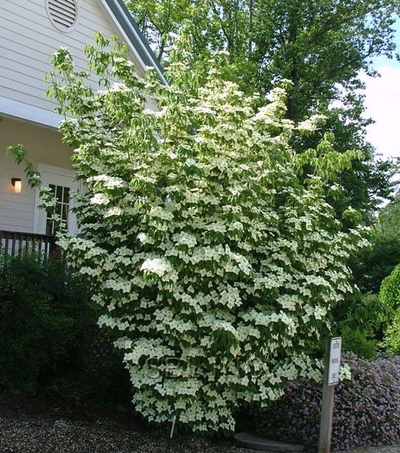

The one-inch-long green fruits ripen to dark red and finally black. In June (after the threat of a late frost), small clusters of whitish-yellow fragrant blossoms appear (they smell like grape soda), hidden in foliage between the leaf and stems. Once the formative shape has been created in its first years, regular pruning is not needed.
CORNUS MAS DEER FREE
The tree is self-fertile, so you only need one, and is particularly free of pests and diseases. People describe them as being delicious - holding delicate notes of cinnamon, vanilla, cider, or wine. The fruit is sweet, slightly citrus, with overtones of stewed apples. Then, when they’re finally bletted, they should be eaten immediately. Because medlars have to be eaten when bletted, they either have to be eaten right off the tree, or they have to be picked early, then put aside for a few weeks to blet. When they’re ready to eat, they’re brown, squishy, a little wrinkly. The flesh becomes a creamy (albeit brown) puree. But there is a difference between rotting (which makes a fruit unpalatable) and "bletting", the softening process which turns a medlar's tartness to sugars. They bear unusual fruits that have to be eaten when “almost rotten”–a process properly called “bletting”. They were enjoyed by the Greeks and Romans, doted on by Victorians and mentioned by Shakespeare. Medlars are native to Southwestern Asia and Southeastern Europe. For proper pollination, plant another grafted pawpaw variety. Tree bears in just 2-3 years! Fruit ripens in late September to early October. Fruit has a creamy, banana custard flavor. This reliable and productive variety offers pawpaws with greenish yellow skin, buttery flesh and only a few seeds. It takes about 3 – 5 years to bear fruit. For proper pollination, plant another pawpaw variety.
CORNUS MAS DEER SKIN
Fruit has green skin with a slightly orange flesh and a creamy custard texture. Pyramid-shaped tree provides ornamental beauty with unique dark-purple flowers in spring and tropical-looking foliage through fall. Wells Pawpaw: Delectably fruity, banana-like flavor. At this point, though, cultivars can be purchased with “known” fruit properties. When Pawpaws first became a bit more broadly available in the Nursery trade, there were not “named varieties”, so the only thing to do was to buy a number of seedlings, plant them all, and see which had the best fruits. Even members of the Lewis and Clarke Expedition survived on pawpaw fruit during their long journey west in 1804-1806. Thanks to its resilience, Native Americans and early pioneers enjoyed pawpaw fruit as a dependable source of fiber and nourishment. They need little maintenance in order to survive in the wild, unlike apple, pear, or peach trees.

Pawpaw fruit helped sustain Native Americans and early American settlers in times of harvest failure. Because Pawpaw requires cross-pollination, more than one variety needs to be planted. The trees produce tropical-like fruit with unique and delicious taste said to be like a mix between a banana and a pear, with a hint of vanilla. Deer, on the other hand, are not interested in eating the leaves of pawpaw trees. The foliage is the sole food source for the Zebra Swallowtail Caterpillar, and the butterflies are attracted to pawpaw trees as a result. Pawpaw is native to North America, growing wild in much of the eastern and Midwest portions of the United States. (Add to these requirements that the trees should be deer-resistant if that is an issue.)

Suited to a “hedgerow” look at the back and sides of the vegetable garden, rather than a more formally laid-out orchard Having as much ornamental value as possible, including spring blooms and beautiful fall color No requirement for pesticides.Īt least some of them able to tolerate a bit of shadeĬold-hardy yet not requiring more chill-hours than we have at this point in the climate change process (we’re Zone 7b now). Mature size – they should be either shrubs or small trees so as to not end up shading out the gardenĮasy to maintain – this includes pest and disease resistance, as well as requiring as little intricate pruning as possible. But even if you don’t actually plant an orchard, fruit trees can fit into a plan for a back yard garden. Not many of us have the space or sun/shade conditions for a real orchard.


 0 kommentar(er)
0 kommentar(er)
